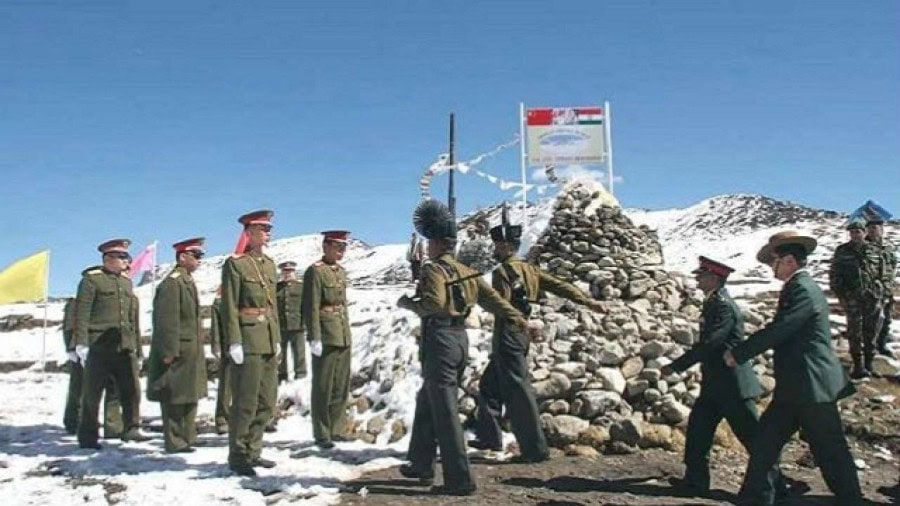Observer Report International
The stand-off among Indian and Chinese soldiers seems to continue further where troops from both countries once again clashed at the Naku La area in northern Sikkim, as soldiers from both sides sustained injuries.
The dispute, according to Indian media reports, took place last Wednesday on January 20, when tensions blazed between both sides after the Indian soldiers halted a Chinese patrolling party in the region.
The Indian Army stated that the incident was a “minor stand-off”, asserting that tensions were “resolved by local commanders as per established protocols”.
A source told Indian media that both sides had brought in support as the physical clash took place. The source further said that the “situation is under control” at the border after the brawl.
The Naku La sector, located at an altitude of 5,270-meter, was also one of the original face-off sites when India had accused Chinese troops of intruding into its own territory in May-June last year.
China had dismissed India’s allegations and alleged that Indian troops, on the other hand, were involved in flaring tensions at the disputed border.
Soon after the conflict, Indian and Chinese soldiers clashed during a physical brawl last year at the north bank of Pangong Tso on May5-6, another brawl took place at the Naku La sector in north Sikkim.
The confrontation led to both sides amassing troops on the Line of Actual Control (LAC) from Ladakh to Arunachal Pradesh.
However, pressures between the two countries rose to an all-time high when at least 20 Indian soldiers were martyred during a border clash at the Galwan Valley last year on June 15 between soldiers of the two countries.
The ANI had said that both sides “have disengaged” after 17 Indian troops were wounded in the fight. The wounded troops “exposed to sub-zero temperatures in the high altitude terrain have succumbed to their injuries”, the ANI had reported.
The soldiers were killed in a “physical fight” which involved the use of stones and batons, the NDTV had reported.
“During the de-escalation process underway in the Galwan Valley, a violent face-off took place yesterday night with casualties. The loss of lives on the Indian side includes an officer and two soldiers. Senior military officials of the two sides are currently meeting at the venue to defuse the situation,” the NDTV had said.
What is Sikkim ‘s strategic-tactical importance?
The small east Himalayan territory has been a pivotal flashpoint between India and China for decades. It saw conflicts in their 1962 war. Five years later, fighting along its border left several hundred soldiers dead on either side.
The former kingdom was Indian territory at the time, and only became the country’s 22nd state after a referendum in 1975.
Sikkim is near a high-altitude plateau known as Doklam in India and Donglang in China.
India worries that greater Chinese road access to the plateau would endanger India’s strategically exposed “chicken’s neck”, the 20km (12-mile) wide Siliguri Corridor that links seven north-eastern states, including Assam, to the rest of the country.
The border in Sikkim is also crucial for another reason. Indian army experts say it’s the only area through which India could make an aggressive response to a Chinese incursion and the only stretch of the Himalayan frontier where Indian troops have a terrain and tactical advantage. They have the higher ground, and the Chinese positions there are squeezed between India and Bhutan.










